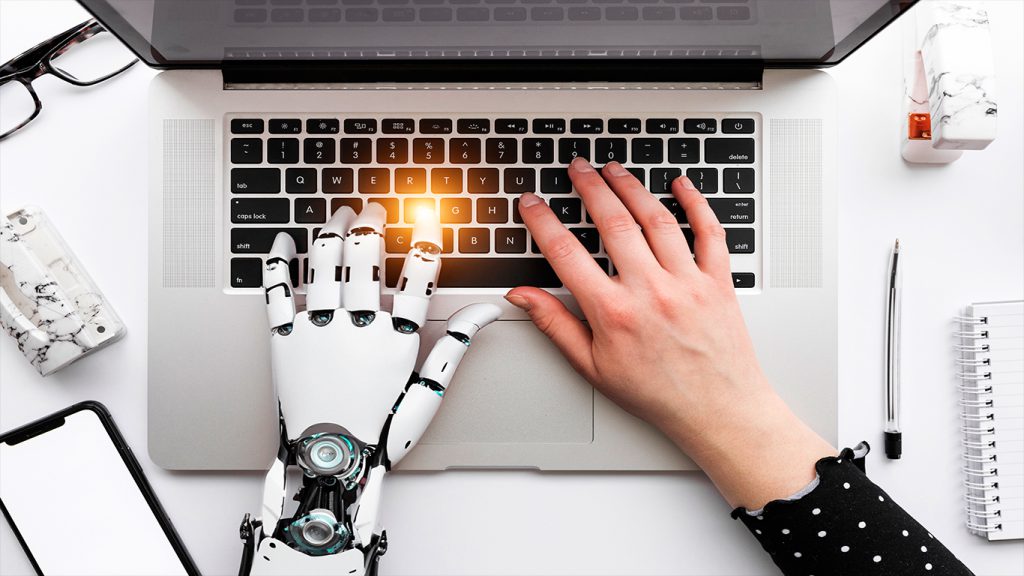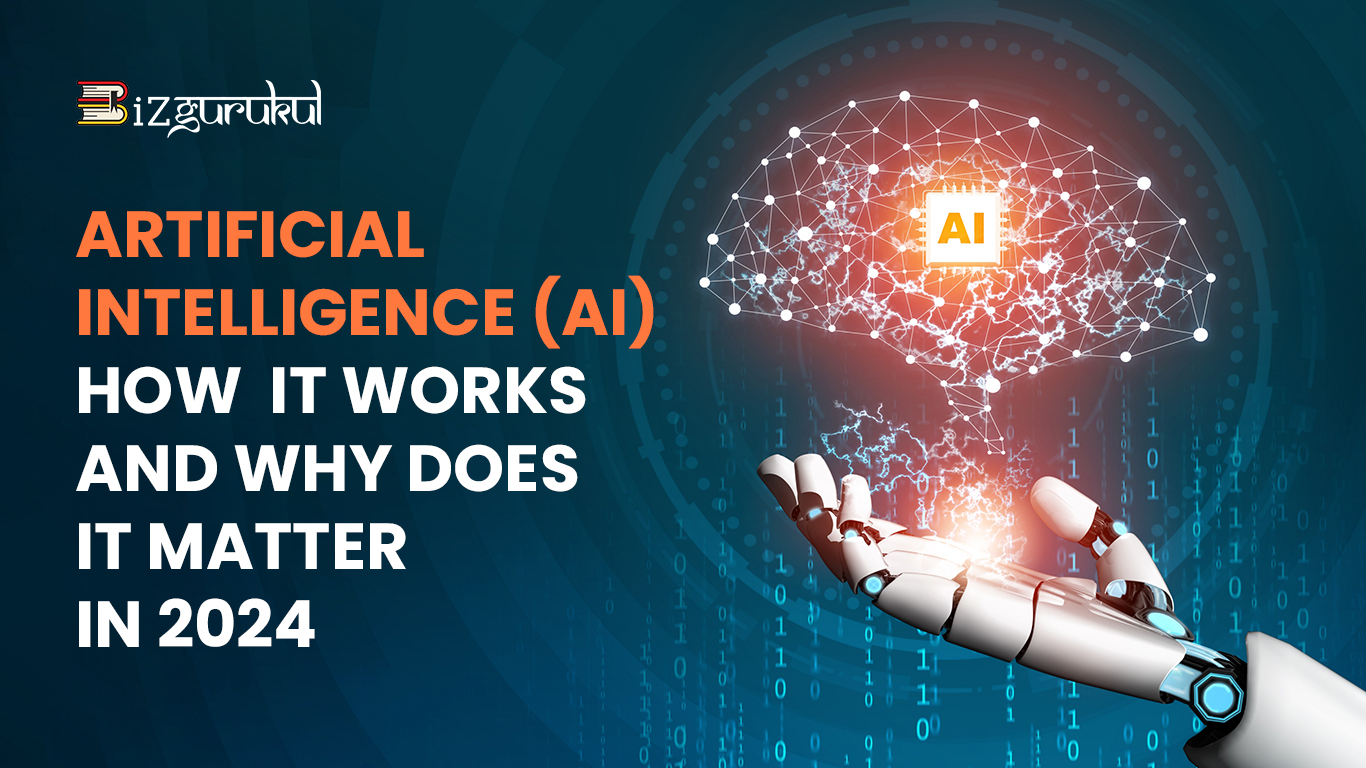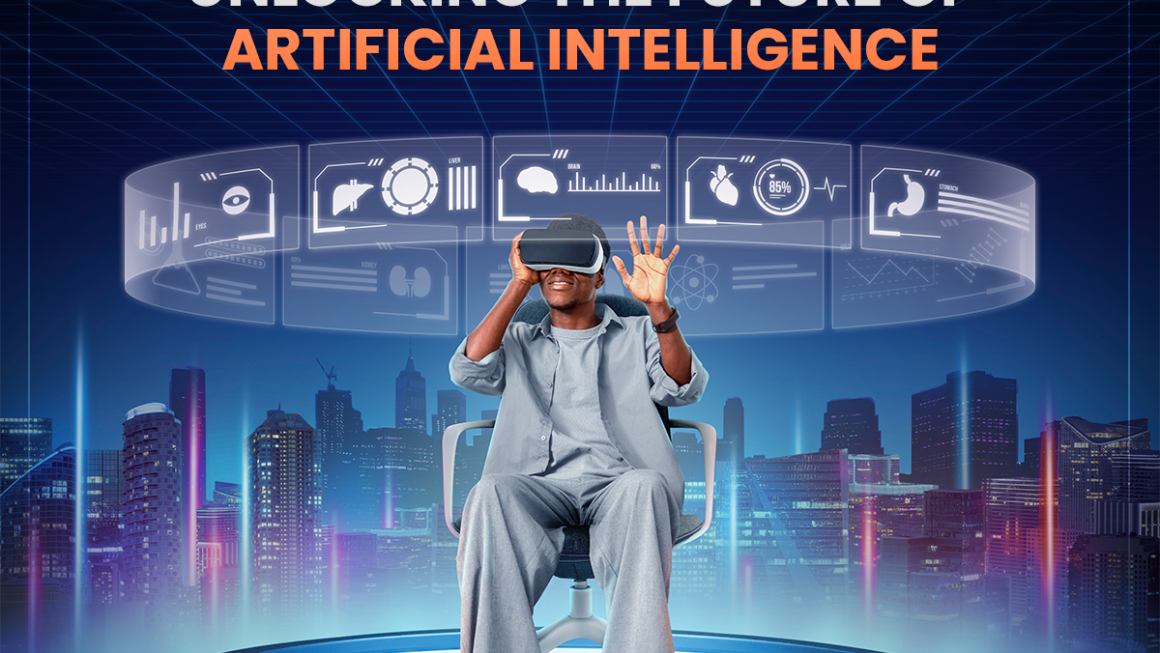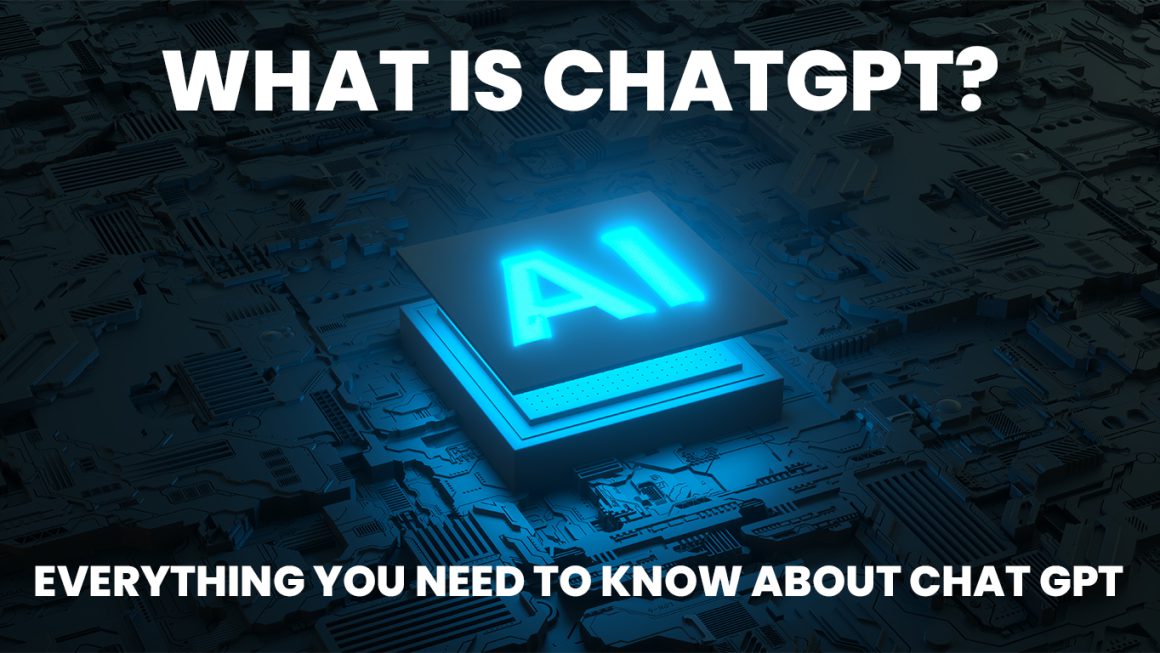
Artificial Intelligence(AI) is a growing technology that aims to mirror human intelligence. It helps computers learn how to reason, learn and solve problems as a human brain would do.
Industries from finance to healthcare use AI nowadays, making a meaningful positive impact on our lives. AI has immense potential for advancements in fields like Automatic driving cars and personal assistants which may drive scientific advancements, enhance medical capabilities, and enable accurate facial recognition.
AI research advancing and the applications of AI playing an even greater role in both professional and private lives, understanding how artificial intelligence works and its applications in day to day life is more important than ever. The history of Artificial Intelligence (AI) is a fascinating journey led by visionary ideas, remarkable research, and huge technological advancements.
Working of AI (Step by Step):
1.Data Collection: Data collection is one of the most critical parts of developing an AI system. It’s the process of collecting vast amounts of data to train AI systems.Your training data can be in any format: text, numbers, images, video, or audio. The format you put your data in depends on whether you use structured or unstructured data sets.Let’s take the example of looking at sentiment of social media posts for a brand. Gather massive datasets from social media and classify post sentiment. They can be positive, negative or neutral.
2.Data Preprocessing: Data should not be entered exactly as it is found. For optimal performance, artificial intelligence systems require accurate, up-to- date, and pertinent data. Without preprocessing your data, there’s no guarantee of that happening, especially if you have a large amount of data. Noise removal is one very important process. This entails detecting and deleting any data that affects the learning process and improving the layout of any structured data.
3.Model Selection: Model selection is the step of the AI development process where you choose the AI model most suited to the current problem. Many AI models are available including machine learning algorithms, deep neural networks, or hybrid
models using various techniques.In addition to different types of AI algorithms, several types of machine learning are available.
4.Testing and evaluation:You shouldn’t just count on your AI model to be in a production state after it finishes training.The quality of the data collection and the level of preprocessing skill you used will determine whether or not the final model produces satisfactory results. This is where the separate validation data set you created comes to action. After being inserted into your AI program, the input and expected output make up your validation data set.
5.Model optimization: Model optimization is the process you go through to improve an AI model’s performance. It can mean fine-tuning or modifying your model parameters using regular techniques.
6.Deployment: Deployment is the final stage of the model development life cycle after you finish training and optimising your AI model. It’s the process of integrating your model into your currently existing systems or making new computer programs to use your model.
7.Continuous learning: AI models are not something you can train one time. You must regularly train your models on new information to continue seeing accurate results. You can do this by fine-tuning your base models. Using the first training set of data, you can create base models and then improve them using more data. Your AI models now have new data to help them forecast things more accurately.
How is AI relevant in 2024?
AI will affect almost 40% of the jobs around the world, replacing some and helping some develop. We need a careful balance of things to discover its potential. A technological revolution that has the potential to increase productivity, accelerate global growth, and improve incomes globally is about to occur.Yet it could also replace jobs and promote inequality.
The rapid advance of AI has captured the attention of the world, causing both excitement and alarm, and raising very important questions about its potential impact on the global economy.
The effect that AI can have on jobs:
Many recent studies in 2024 have predicted the likelihood that jobs all around the world will get replaced by AI. Yet we know that in many cases AI is most likely to enhance and complement human work. In advanced economies, about 60 percent of jobs are supposed to be impacted by AI. Roughly half the exposed jobs may benefit from AI’ involvement, enhancing productivity. The other half may see AI programs do important jobs that are currently completed by people, which could result in a decrease in the need for labour, which would then result in lower salaries and fewer jobs being hired. In the most extreme cases, some of these may disappear.
AI could also cause wealth inequality among countries. We may see workers use AI seeing an increase in their productivity and wages. Research shows that AI can help new workers with less experience enhance their productivity more quickly. Younger workers may find it easier to grab opportunities, while older workers could struggle to adapt.
AI is being integrated into businesses around the world at a remarkable speed as of 2024. By 2025, AI-powered robotics are estimated to automate 50% of manual tasks in industries like manufacturing, consecutively increasing productivity by 30%.
The potential is huge. Automated robots equipped with advanced AI algorithms are set to perform a variety of very complex tasks — from sorting and assembling to quality inspection — with amazing speed and accuracy. This advanced level of automation will not only streamline workflows but is also likely to produce a more consistent and high-quality output, leading to long-term profits for businesses as well as consumers. Kaitlyn Albertoli, CEO and co-founder of Buzz Solutions, cites some points related to AI’s impact. “In 2024, we will see AI impact sustainability in two opposing ways,” said Albertoli. “On one hand, the massive energy consumption at the data centre level required to power all of the emerging AI / GenAI applications and high power computing will have an ongoing negative effect on the environment, especially as the power grid is further strained.”
Visualise Artificial Intelligence (AI) as an organism that feeds on the collective intelligence of human beings gathered over the past millennium.
There has never before been a technology this powerful and impactful and it is getting more advanced with literally every passing second. This is why the past year has been unprecedented in this case. Never before has technology, and everything related to it, changed at such a fast pace that keeping updates on where we are in its advancement and where we are going next has become so hard.
Hence, we can conclude that AI is Future and Future is AI. If used in a positive way, it can yield great outcomes and affect the lives of people in a very healthy manner. Whereas, it can also be used to create nuisance in the society if used in a mischievous manner.
For More Info Visit :- Click Here




